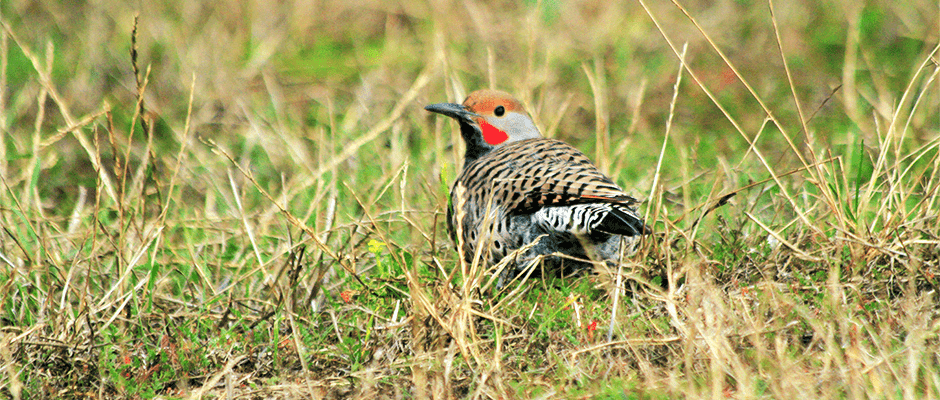Share this article
Twice as many bird species than previously thought
While scientists have agreed for many years that there are as many as 10,000 bird species in the world, recent research shows there might be more species than once thought — possibly even double.
In a study published in the journal PLOS ONE, a team of researchers looked at the morphology of various bird species and where they occur and reviewed existing genetic studies to estimate the number of species.
“Ornithologists for generations thought there were a certain number of bird species in the world,” said George Barrowclough, the associate curator of ornithology at the American Museum of Natural History in New York City and the lead author in the study. “Scientists like myself who are interested in biogeography, evolution, and conservation started realizing this concept of species didn’t work for us.”
Barrowclough says the biological species concept used in the past is the idea that species resulting from interbreeding and hybridization are the same species. For example, he says the offspring of yellow-shafted flickers (Colaptes auratus) that hybridize with red-shafted flickers (Colaptes cafer) are often considered the same species. However, he says one of the problems with this is that if birds are on islands, it’s more difficult to tell if they would hybridize because the birds are more isolated. “It becomes really subjective,” he said.
As part of the research, Barrowclough and his team randomly sampled 200 species from around the world and made assessments of their morphology, including what they look like, where they occur, whether they are in contact with other species, and whether they are found in completely isolated ranges. Their study of the physical characteristics such as plumage pattern and color, which can be used to highlight birds with separate evolutionary histories, suggests nearly two different species for each of the 200 birds studied. “Some, we realized, looked the same but they might be genetically different,” he said.
In their genetic analysis, the researchers wanted to determine if birds could be classified as different species using molecular methods. Because it would be expensive to complete DNA sequencing on so many species, Barrowclough and his team looked through the scientific literature for existing studies, which suggested that there could be as many as 2.4 species per current biological species. Barrowclough says this part of the study is somewhat biased because it was not a truly random sample of bird species. Further, the literature also may reflect species researchers already believe might have some unique differences. “So, we believe [the ratio] is somewhere between those two,” he said.
Barrowclough says these new findings could have implications for the conservation of birds throughout the world. While in the U.S., species and subspecies of birds can be protected, in some parts of the world only species are. As a result, some important kinds of birds that need to be protected won’t be since they are not recognized as a species.
So how can biologists come to a consensus on the true number of bird species? Barrowclough says the next step would be genetic analysis of every known bird species in the world. “Franky, that’s very, very expensive and a lot of work,” he said.
But he says this study is a way to inform other scientists and motivate them to study individual species. Barrowclough even suggests possibly doing this country by country. “Chances are money gets thrown at the spotted owl or the California condor, which are threatened,” he said. “That’s where the money is going to go. Other things might get hidden like genetic diversity we don’t know about.”
Header Image: A red-shafted flicker stands on the ground in the rain. ©Devra








